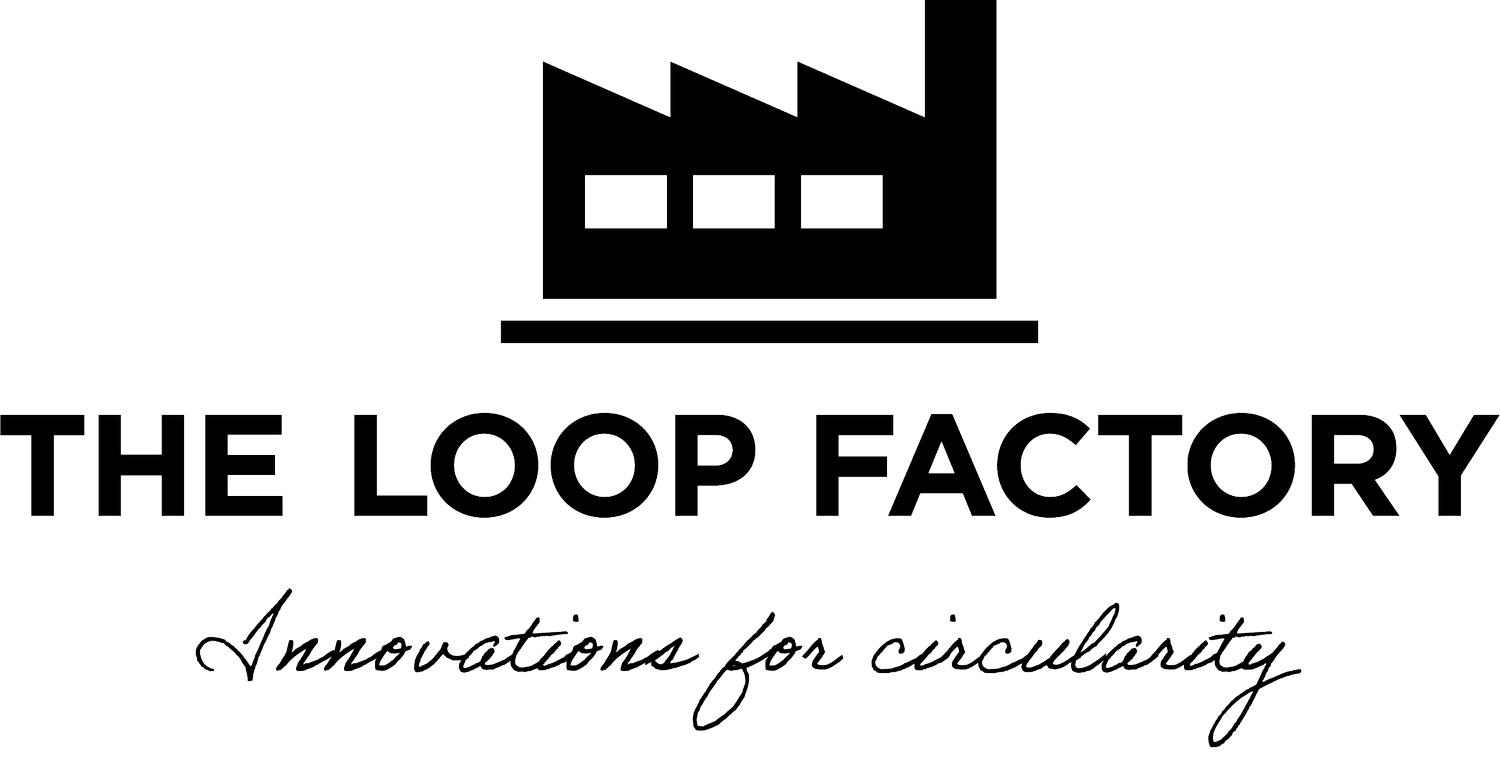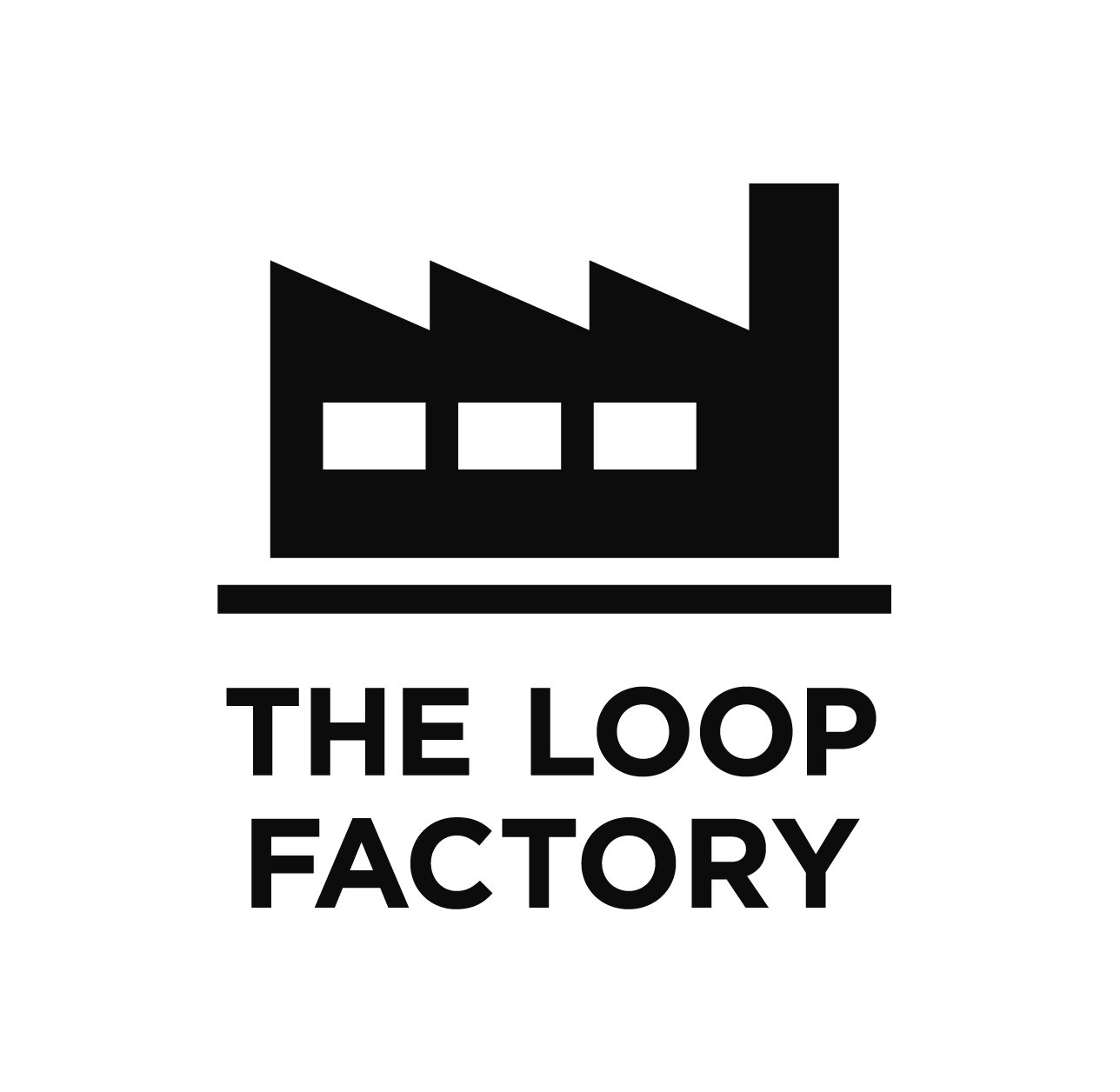
BACKGROUND
Baux saw an opportunity in using our and Svensson’s textile material for their Acoustic Felt panels, because of its technical and environmental benefits.
CHALLENGE
The challenge was to balance the aesthetic appearance with what we had available. Since we’re working with saved materials, we can’t say with 100% certainty what colours the materials will have.
SOLUTION
In order to meet both aesthetics and volumes we made a color scheme of what was available, resulting in three colors: White mix, Dark mix and Multimix. Since the saved material’s colors will differ somewhat, so will the panel’s colors.
RESULT
This product is a statement towards how we perceive mass production and total availability. Today’s consumers ask for better alternatives, and they see the differences in our color schemes as something unique.

Necessary curiosity
At The Loop Factory we have a long experience from material design and have developed a straight forward methodology working with similar cases. In this particular case, our own textile experts Helena Tuvendal, business developer, and Pontus Törnqvist, circular designer, innovated the material concept for the acoustic panels.
The concept focuses on recycled textile materials and refining them into new materials where the inherent value and properties of textile fibers are preserved. Our mission is to scale sustainable innovations faster and that takes courage and striving, and therefore we teamed up with curious collaborators Ludvig Svensson and BAUX.
A holistic logistic
When it comes to product development using residual materials, the innovation is not often the end-product itself, but finding the material streams that enable the end-products to become commercially viable. By doing this, we have created a holistic logistic chain by connecting the raw material source and material converters, making sure to eliminate further residues going to waste.
“Since the material in the recipes contain textile residual streams, volumes and colors can only be estimated, not guaranteed. A challenge is to get a consistent color mix based on actual available volumes”, says Pontus Törnqvist. In other words, there is a need to rethink the traditional linear way of thinking and developing products. In this case by placing the residual material in the spotlight rather than hiding it from the light.

Think after before
“To succeed from an idea to a commercializable sustainable product, you have to think in a long-term perspective from the beginning” says Helena Tuvendal and adds “Working with circular concepts you automatically have to think many steps ahead”.
As residual textile is completely unexploited, the traceability is 100%. Interested to read more about the material's benefits?



Photages from 1) BAUX Design, 2) Design by: Form US With Love 3) Photographer: Jonas Lindström

